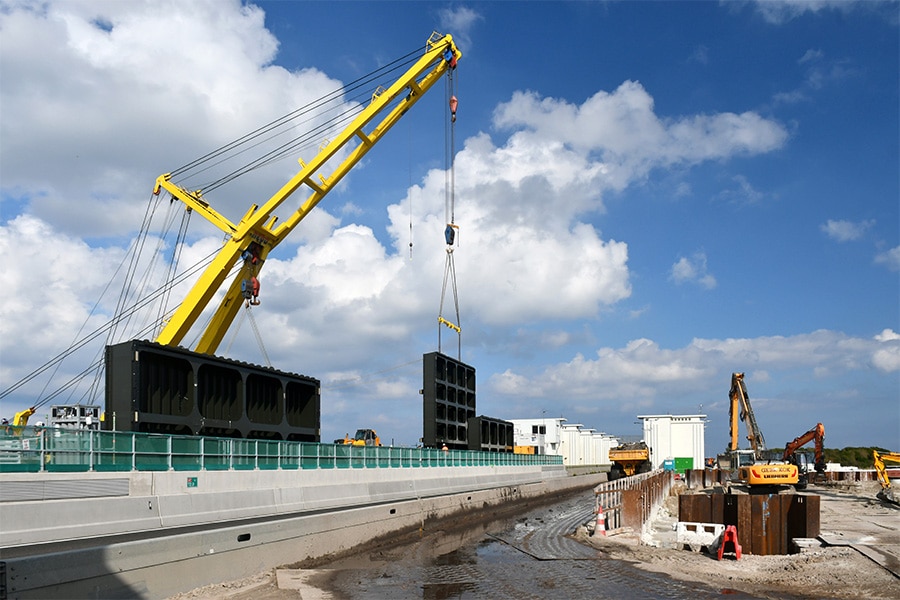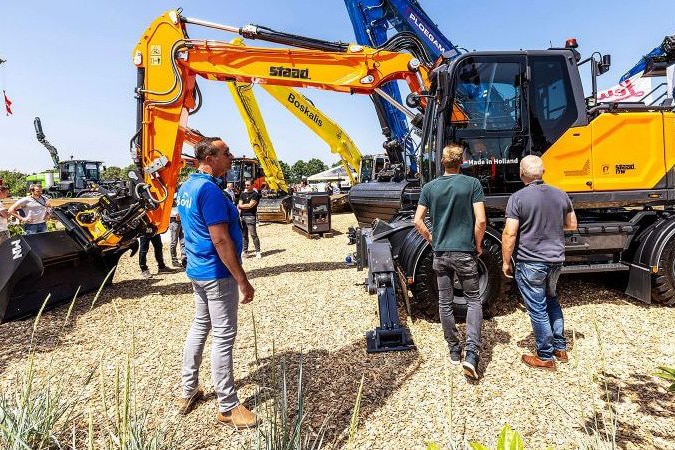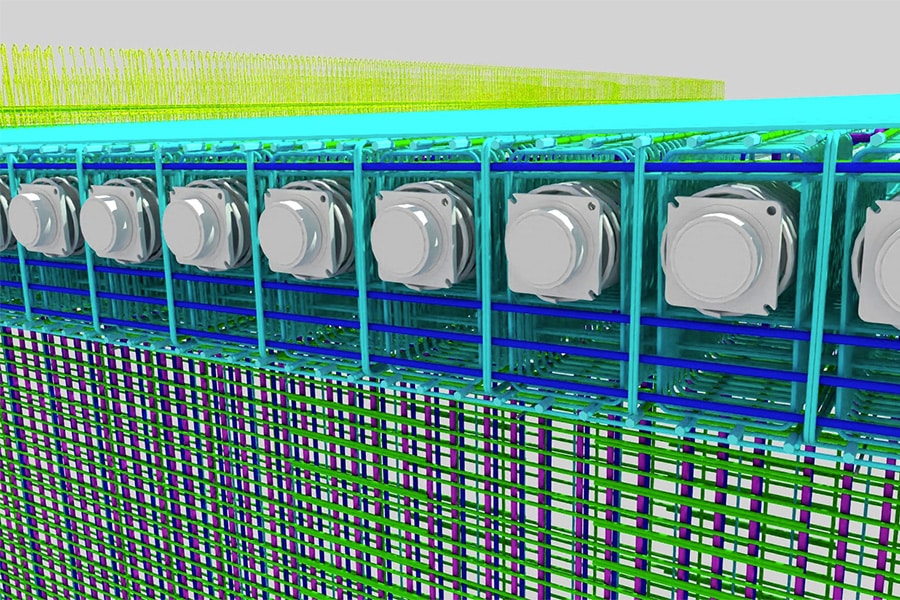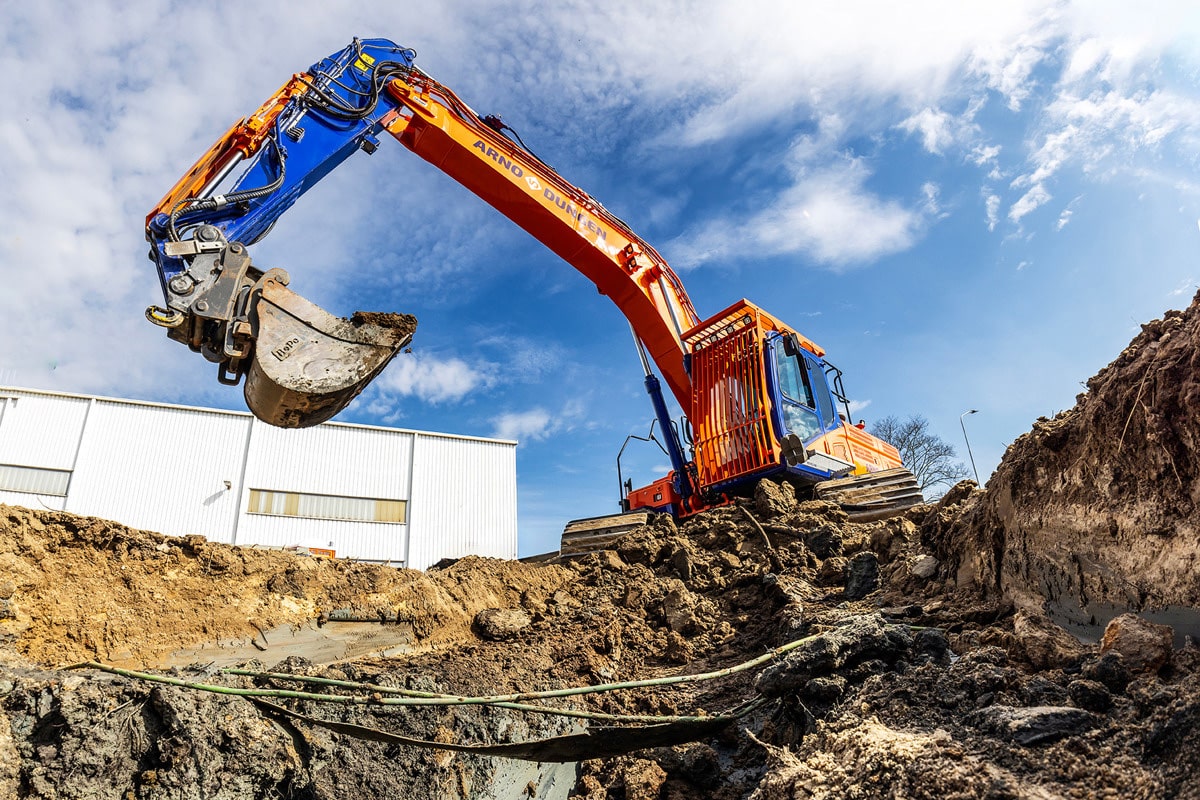
Interests of surroundings and environment central to unique technical concept
The design of the Blankenburg connection is a joint effort of BAAK and Tunnel Engineering Consultants (TEC), a world player in the design of immersed tunnel structures. The starting point is to realize the new connection between the A20 and the A15 with the least possible impact on the surroundings and the environment. This led to a unique technical, economic and climate-proof tunnel concept that also amply meets the requirements of the new Water Act.
The Blankenburg connection is a unique project in several respects, where the interests and goals of the Department of Public Works, the cities of Rotterdam and Vlaardingen, and the Port of Rotterdam have been at the forefront of BAAK's mind from the very first pencil stroke. "The technical design in this project is entirely in service of these interests and goals," explains Maiko Izendooren, Director of Design at BAAK and design manager on behalf of Tunnel Engineering Consultants (TEC), a permanent joint venture between leading international engineering firms Royal HaskoningDHV and Witteveen + Bos. "The technical design is full of innovative solutions to limit material use, minimize disruption to the Port of Rotterdam and minimize the impact on the environment. Moreover, all execution aspects were included in the technical design thanks to the mixed design teams with both designers and execution specialists on board."

Innovative solutions
One such innovative solution in the engineering design is to reduce the number of drop-off elements of the Maas Delta tunnel under the Scheur. "Rijkswaterstaat's initial plan involved six elements; we reduced that to just two," Izendooren explains. "That means the Port of Rotterdam only has to be closed twice. In the original design, the entire bank would have had to be excavated. However, we leave the bank intact and build the drop-off elements in the traditional way in a construction dock on top of the roof of the new ramps. This also allows us to make use of the quay along the construction dock to deliver materials by ship instead of using the underlying road network. Another example to relieve the underlying road network is the construction of an exposed construction connection along the entire route. To this end, a railroad viaduct was designed, built and retracted in nine months to cross the Hoekse Lijn below. In the final situation, this structure will also form the underpass for the new highway."
"The design of the Holland Tunnel is fully integrated into its surroundings," continues Izendooren. "By installing the tunnel at a depth, it will soon be barely visible in the landscape characterized by lots of greenery and small historic towns. Even the building for the technical installations is designed in the style of the surroundings and shaped like a farm barn. The tunnel itself is constructed with reinforced underwater concrete, a special construction technique that ultimately leads to less use of materials. And so we have responded in every possible way to the interests of both the surrounding area and the environment."



